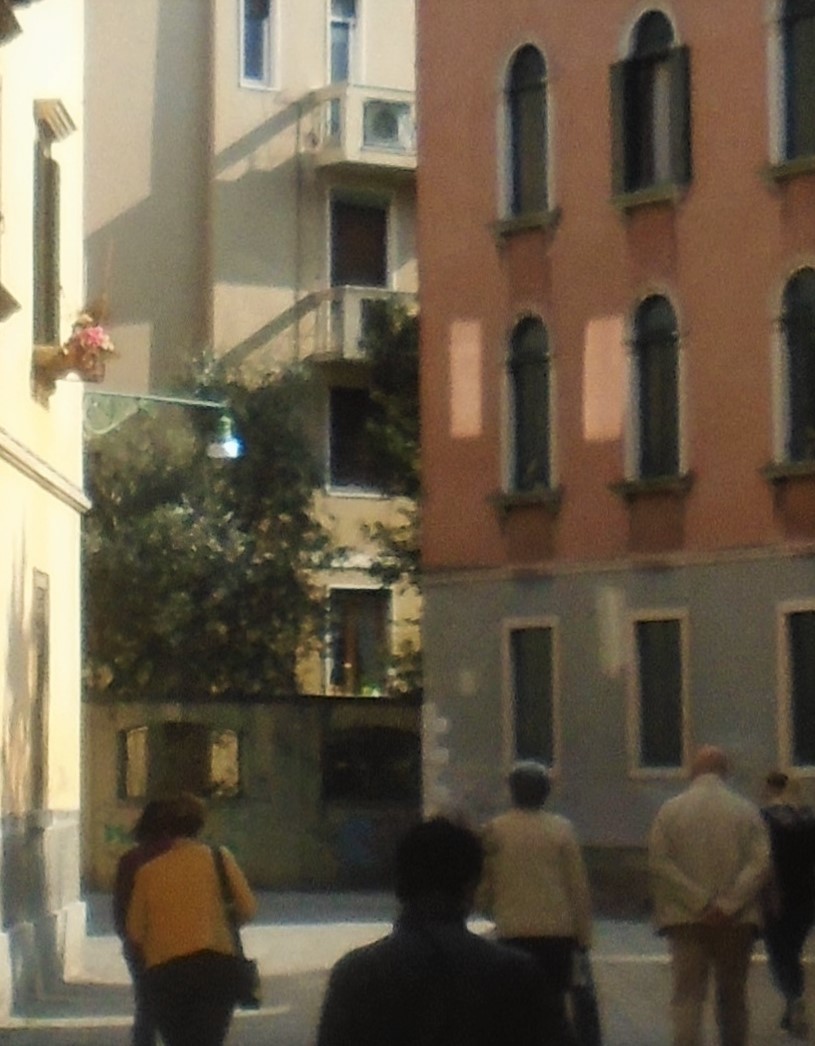
It’s a while since you were invited to join us for a walk. This one started at the Timber Batts pub in Bodsham and took us by field paths and along country roads, back to our starting point. Boots on!



Almost at once we are into ripening grain crops with wild flowers blooming along the field margins where the path runs.

Along this lane we met no traffic except a stoat.

The farm buildings at the top of the hill included this old shed, which looks like a WWII prefabricated building.


Kent chalkland is not the most dramatic scenery, but the contours lie easy on the eye. Civilisation means that electricity cables are never far away though. But they make life possible for the farmers and other locals.


A few sprigs of wild marjoram (oregano) will help flavour an omelette.


Scabious on one side of the lane, poppies on the other, wild clematis, ‘traveller’s joy’ in the hedge. Happy memories of using this for our daughter’s wedding last summer.


Along another lane, we passed this old house, the oaken frame raised off the damp ground on a stone plinth.

Then into the shade of a belt of trees, which still smells of wild garlic underfoot.



The path now is partly loose flint, but naked chalk in places; both surfaces require careful walking, the chalk can be very slippery when wet. This dry summer is another matter.


Back in the lanes, where honeysuckle and willow herb brighten the verges. But this is working countryside.


And Saint James’s church at Elmstead is a working church, though 900 years and more old, with a ring of six bells in this unique tower. The church was open.


And this lady was waiting to greet visitors.
 Outside are ancient yew trees, this one partly covered in ivy. And the churchyard has room for more parishioners when their time comes. This stone is worth sharing.
Outside are ancient yew trees, this one partly covered in ivy. And the churchyard has room for more parishioners when their time comes. This stone is worth sharing.

From the church we went back to the Timber Batts, and after a welcome Disco Cider (made from Kentish Disco-very apples) we attended the Bodsham School Fete; a good day out altogether!
































 Outside are ancient yew trees, this one partly covered in ivy. And the churchyard has room for more parishioners when their time comes. This stone is worth sharing.
Outside are ancient yew trees, this one partly covered in ivy. And the churchyard has room for more parishioners when their time comes. This stone is worth sharing.



